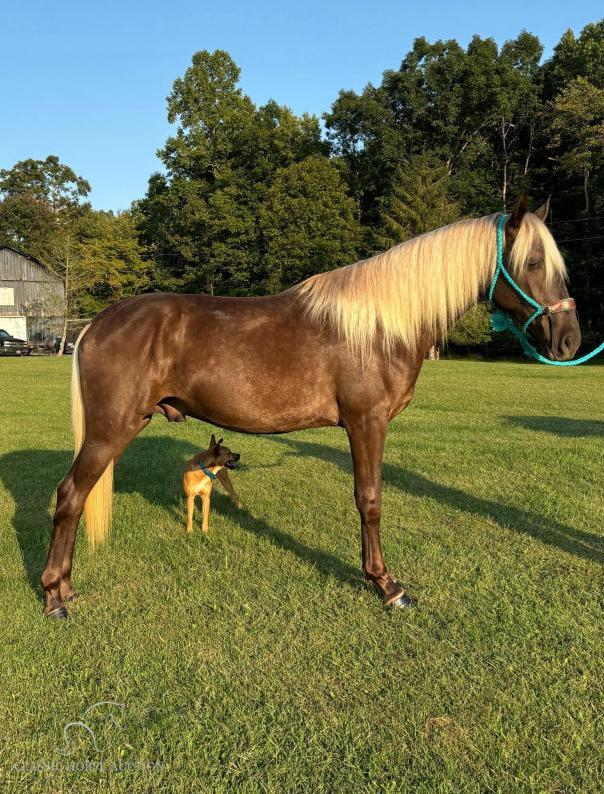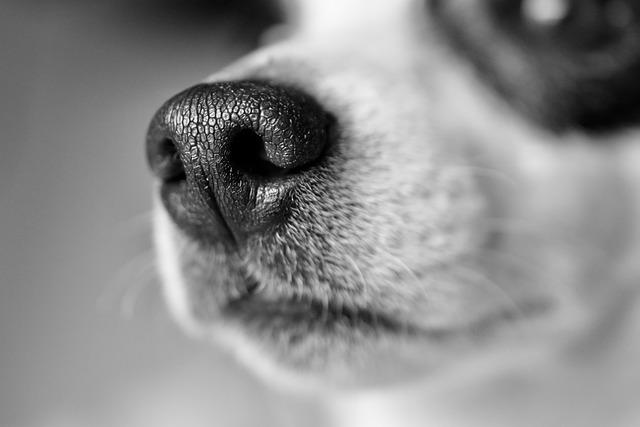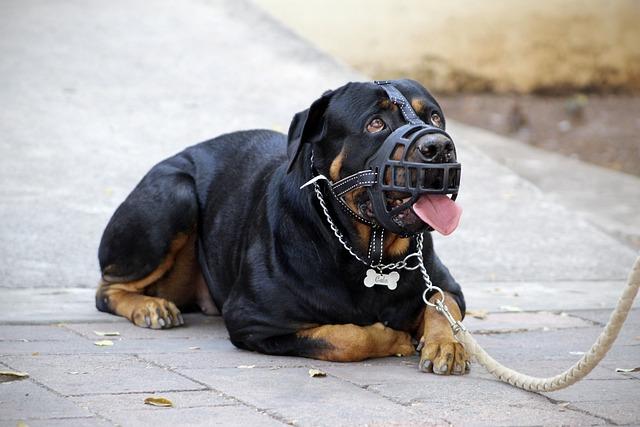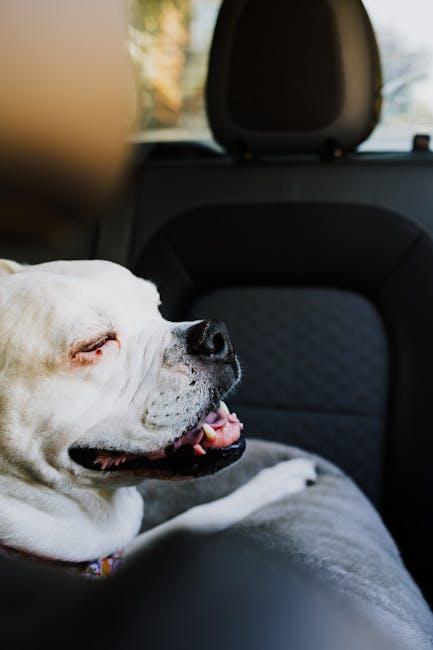Title: Navigating Safety and Harmony: ?
Introduction:
When it comes to nurturing a safe and harmonious environment for our families, pet owners often face the delicate task of balancing the love and joy that dogs bring with the safety of young children. The question of whether dogs should be muzzled around small children is a topic that can evoke a variety of emotions and opinions. In this article, we aim to explore this important issue with warmth and understanding, offering guidance to help you make informed decisions that prioritize the well-being of both your beloved canine companions and your children. By considering the unique dynamics of your household and the temperament of your dog, we can work towards creating a safe and joyful coexistence where everyone thrives. Join us as we delve into the factors to consider, the benefits of muzzling, and alternative strategies to ensure peace of mind for all members of your family.
Understanding Dog Behavior Around Little Ones
Understanding the behavior of dogs around small children is crucial for creating a safe and harmonious environment. Dogs, much like humans, have their own personalities and comfort levels. It’s important to recognize signs of stress or discomfort in dogs when they’re around kids. Body language is key: a wagging tail isn’t always a sign of happiness. Look for signs like lip licking, yawning, or a stiff body, which may indicate anxiety or unease.
Here are some tips to foster a positive interaction:
- Supervise all interactions between dogs and children to prevent accidental harm.
- Teach children to respect a dog’s space and avoid sudden movements.
- Provide a safe space for your dog to retreat if they feel overwhelmed.
Remember, each dog is unique, and understanding their behavior can prevent misunderstandings and ensure a loving relationship between your furry friend and the little ones.

Creating a Safe Space for Kids and Pets
When it comes to ensuring the safety of both children and pets, understanding the dynamics between them is crucial. A dog’s muzzle can sometimes be seen as a negative tool, but in reality, it can serve as a helpful precaution in certain situations. Muzzling should not be considered a punishment but rather a safety measure when introducing dogs to small children, especially in unfamiliar environments or when the dog’s behavior is unpredictable.
To create a harmonious space where kids and pets can coexist safely, consider the following tips:
- Observe Body Language: Pay attention to signs of stress or discomfort in your dog, such as panting, yawning, or avoiding eye contact. These cues can help you determine when a muzzle might be appropriate.
- Gradual Introduction: Allow your dog to become accustomed to wearing a muzzle by using positive reinforcement and short practice sessions.
- Supervision is Key: Always supervise interactions between dogs and young children, ensuring that both parties are comfortable and safe.
- Training and Socialization: Invest time in training and socializing your dog to help them feel more at ease around kids.
By focusing on these strategies, you can foster a loving and secure environment where both your children and furry friends can thrive together.

Choosing the Right Muzzle for Your Furry Friend
When it comes to ensuring the safety of both your dog and the little ones around them, selecting the appropriate muzzle is essential. Not all muzzles are created equal, and it’s important to find one that not only fits comfortably but also allows your dog to pant and drink water. Here are a few key features to consider:
- Material: Choose a muzzle made from soft, durable materials like nylon or rubber to prevent chafing and ensure longevity.
- Fit: Ensure the muzzle fits snugly but not too tightly, allowing your dog to breathe and pant comfortably.
- Type: Basket muzzles are often recommended for their spacious design, which allows dogs to open their mouths slightly, while soft muzzles are ideal for short periods.
Training your dog to wear a muzzle comfortably is also crucial. Begin by introducing the muzzle in a positive context, using treats and praise to associate it with good experiences. Patience and consistency are key, so take it slow and ensure your furry friend feels safe and secure.

Training Techniques to Foster Trust and Safety
Creating a safe and trusting environment between dogs and small children involves understanding and implementing effective training techniques. Positive reinforcement is a cornerstone of building this trust. Rewarding your dog for calm and gentle behavior around children can help reinforce these behaviors. Use treats, praise, or toys to encourage your dog when they display the desired conduct. Remember, consistency is key; ensure that every family member is on the same page regarding training commands and rewards.
- Socialization: Introduce your dog to different environments and people, including children, to help them become comfortable and less anxious in varied situations.
- Supervised Interaction: Always supervise interactions between your dog and children to prevent any unintentional harm or stress.
- Body Language Awareness: Teach both children and adults to recognize a dog’s body language, which can signal stress or discomfort, allowing you to intervene before issues arise.
Additionally, creating a safe space for your dog, such as a cozy corner or crate, provides them a retreat when they feel overwhelmed. This helps in fostering a sense of security and trust in their environment. By employing these techniques, you nurture a bond of trust and safety, making the presence of a muzzle unnecessary in most situations.

